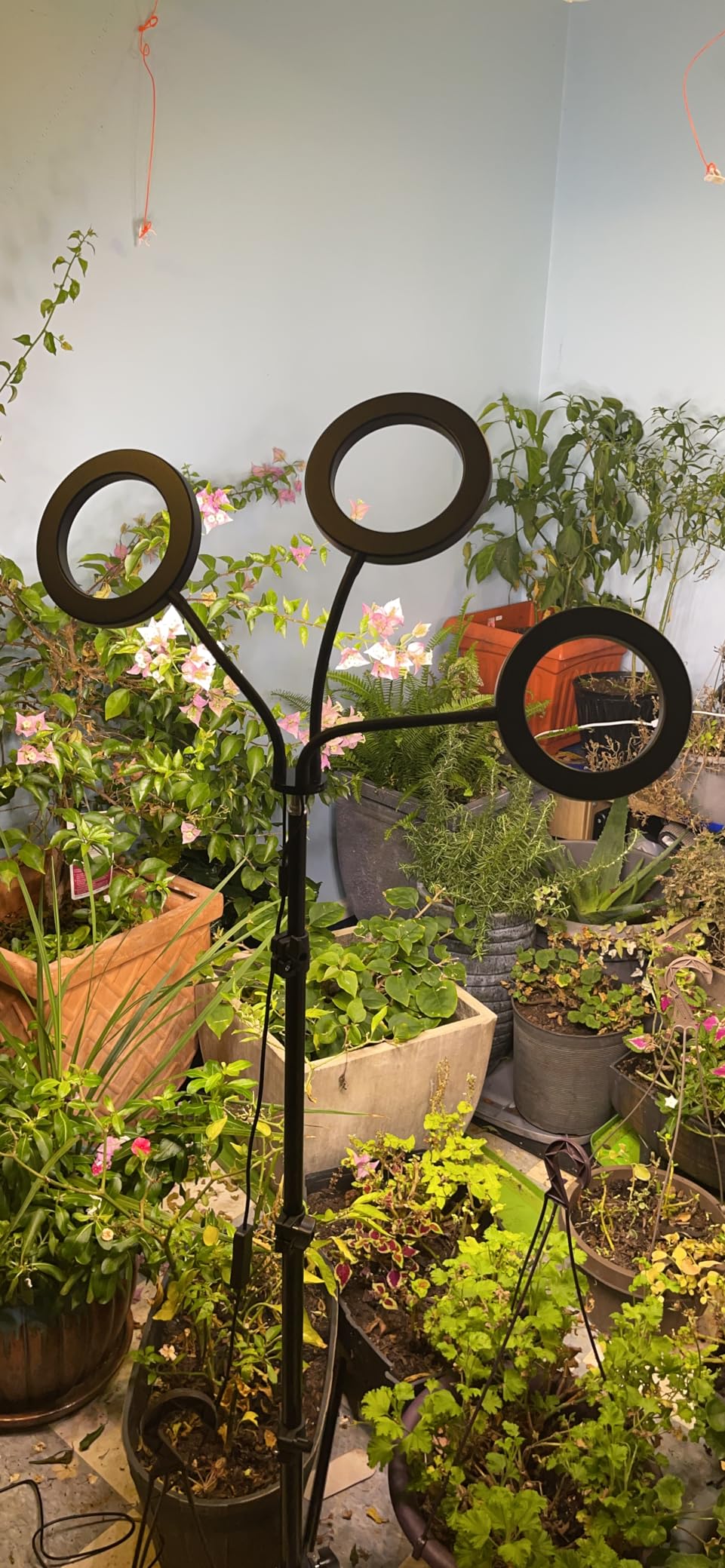The Definitive Guide to Lighting Requirements for Different Plants

Light is an essential factor in the growth and well - being of plants. Understanding the specific lighting needs of various plant species is crucial for successful cultivation, whether you're maintaining a small indoor garden, a large outdoor landscape, or a commercial greenhouse. This guide delves into the lighting requirements of different types of plants, helping you create an optimal environment for their growth.
Indoor Plants
Low - Light Plants
- Snake Plant (Sansevieria trifasciata): Snake plants are renowned for their ability to thrive in low - light conditions. They can tolerate indirect sunlight filtered through a window or artificial light in a dimly lit room. These hardy plants can adapt to light levels as low as 200 - 500 lux. However, they can also tolerate brighter light, making them highly versatile. In extremely low - light environments, they may grow more slowly, but their iconic sword - shaped leaves will still maintain their upright form.
- ZZ Plant (Zamioculcas zamiifolia): Another popular low - light indoor plant, the ZZ plant, can survive in light conditions as low as 100 - 300 lux. It has glossy, dark green leaves and can go long periods without direct sunlight. Placing it in a corner of the room or near a north - facing window is ideal. Too much direct sunlight can scorch its leaves, so it's best to keep it in a shaded area.
Medium - Light Plants
- Pothos (Epipremnum aureum): Pothos plants prefer bright, indirect light. They thrive in light levels of 1,000 - 2,000 lux. A south - or east - facing window with a sheer curtain to filter the sunlight is perfect for these vining plants. In medium - light conditions, pothos will produce long, trailing vines with variegated leaves. If the light is too low, the variegation may fade, and the growth may slow down.
- Peace Lily (Spathiphyllum): Peace lilies require bright, indirect light but can also tolerate some shade. They do well in light levels of 800 - 1,500 lux. Placing them near a window with filtered sunlight or under fluorescent lights in an office setting can promote healthy growth. Too much direct sunlight can cause the leaves to turn yellow and develop brown spots.
High - Light Plants
- Aloe Vera: Aloe vera plants need plenty of bright, direct sunlight. They thrive in light levels of 3,000 - 5,000 lux. Placing them on a south - facing windowsill where they can receive several hours of direct sunlight each day is ideal. In high - light conditions, aloe vera plants will produce thick, fleshy leaves filled with beneficial gel. Insufficient light can result in weak, leggy growth.
- Jade Plant (Crassula ovata): Jade plants are succulents that require bright, direct sunlight. They need light levels of at least 2,000 - 4,000 lux. A south - or west - facing window is perfect for these plants. With enough sunlight, jade plants develop a thick, woody trunk and plump, green leaves. Lack of light can cause the leaves to become pale and the plant to stretch.
Vegetable Crops
Leafy Greens
- Lettuce: Lettuce is a cool - season crop that prefers partial shade or filtered sunlight. It can grow well in light levels of 1,500 - 3,000 lux. In hot summer months, too much direct sunlight can cause the leaves to bolt and become bitter. Growing lettuce under a shade cloth or in a location with morning sun and afternoon shade is ideal.
- Spinach: Spinach also thrives in partial shade. It requires light levels of 1,200 - 2,500 lux. Spinach can tolerate some direct sunlight in the early morning or late afternoon but may wilt in intense mid - day sun.
Fruit - Bearing Vegetables
- Tomatoes: Tomatoes are sun - loving plants that need at least 6 - 8 hours of direct sunlight per day. They require high light levels, typically 4,000 - 6,000 lux. In greenhouse cultivation, supplemental lighting may be necessary during the winter months to ensure proper fruit set and ripening. Insufficient light can lead to poor fruit production and weak plants.
- Peppers: Peppers, like tomatoes, need plenty of sunlight. They require light levels of 3,500 - 5,500 lux. Full sun exposure promotes healthy growth, fruit development, and enhances the flavor of the peppers.
Flowering Plants
Short - Day Plants
- Chrysanthemums: Chrysanthemums are short - day plants, meaning they require less than 12 hours of light per day to flower. They need a light - dark cycle of about 10 - 12 hours of light and 12 - 14 hours of darkness. In natural conditions, they typically flower in the fall when the days are shorter. In a greenhouse, growers can manipulate the light cycle to control the flowering time.
- Poinsettias: Poinsettias also require short days to initiate flowering. They need a light - dark cycle of around 10 hours of light and 14 hours of darkness. To encourage the development of the colorful bracts, it's essential to provide the right photoperiod.
Long - Day Plants
- Petunias: Petunias are long - day plants that need more than 12 hours of light per day to flower. They thrive in full sun, with light levels of 3,000 - 5,000 lux. Adequate sunlight promotes profuse blooming and healthy growth.
- Lupines: Lupines require long days and plenty of sunlight to flower. They need light levels of 2,500 - 4,500 lux. Growing lupines in a sunny location with well - drained soil will result in beautiful, tall flower spikes.
Understanding the lighting requirements of different plants is the first step towards creating a successful garden. By providing the right amount and type of light, you can ensure that your plants grow healthy, produce abundant flowers and fruits, and enhance the beauty of your indoor or outdoor space.
